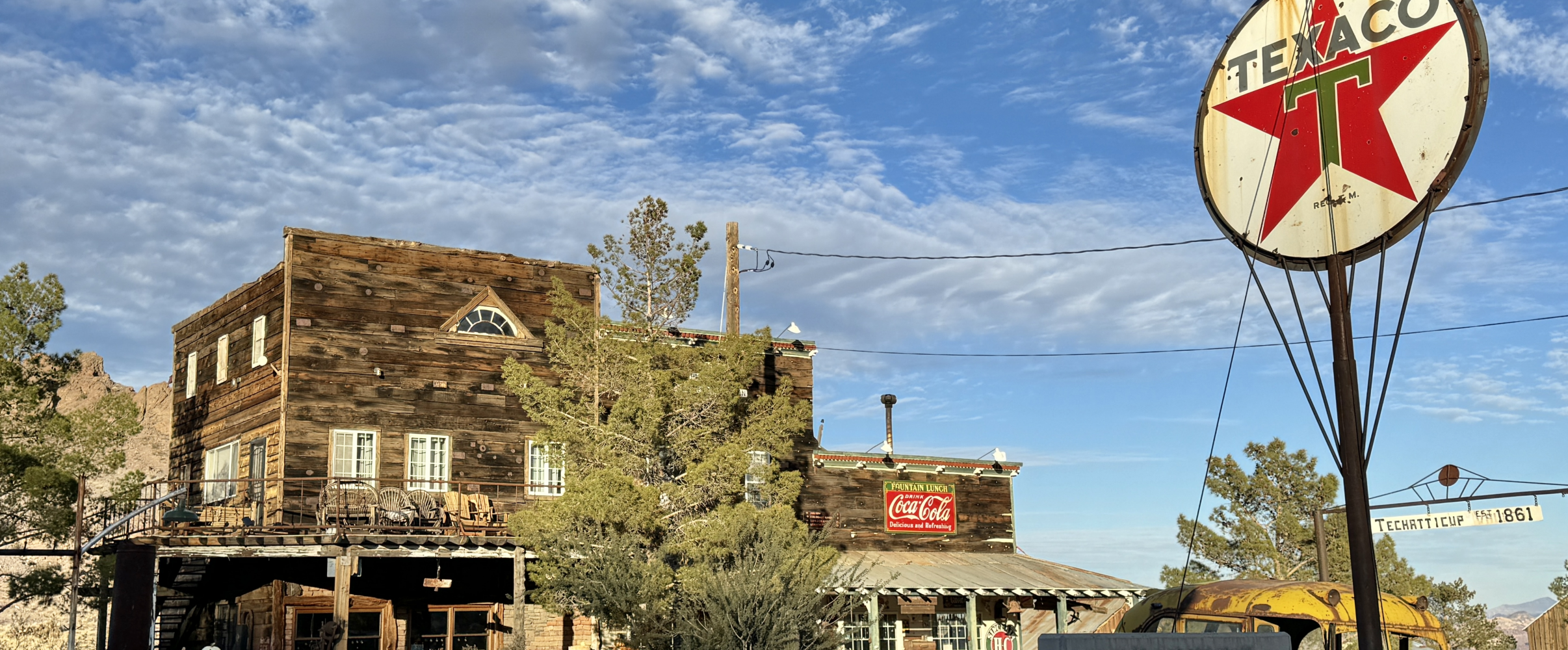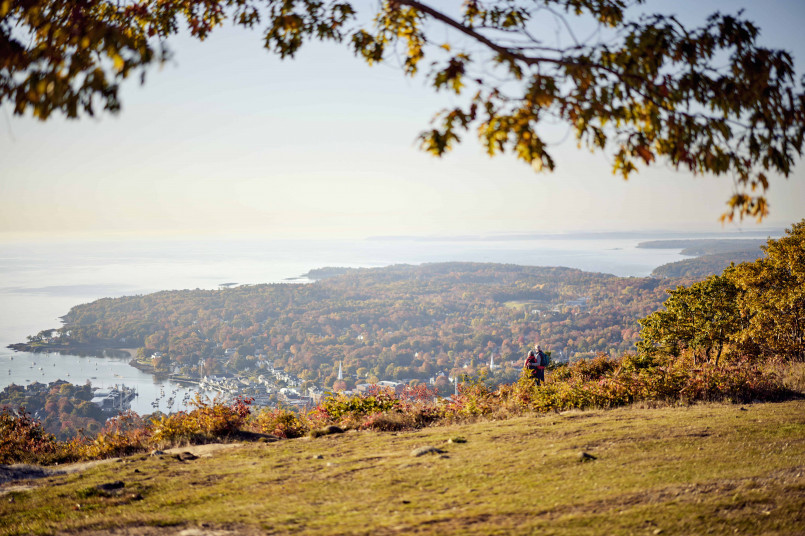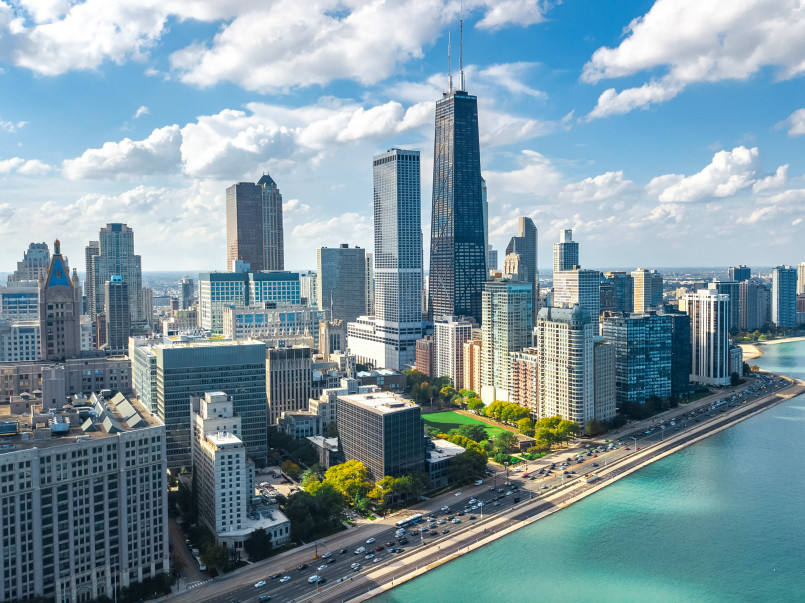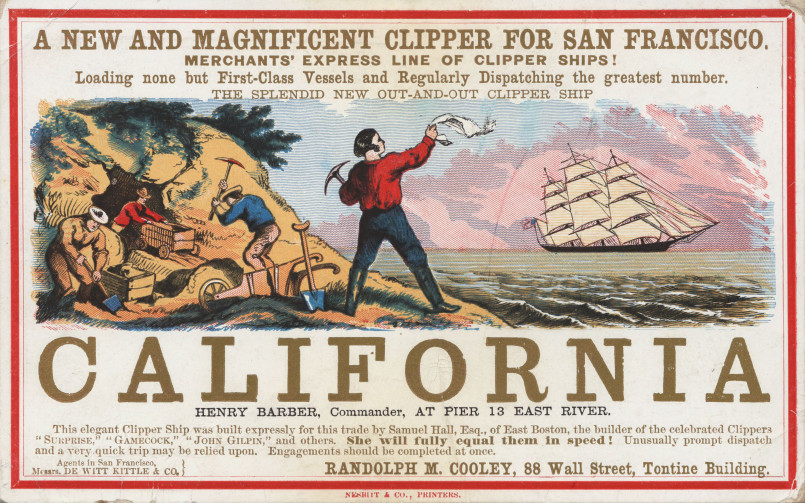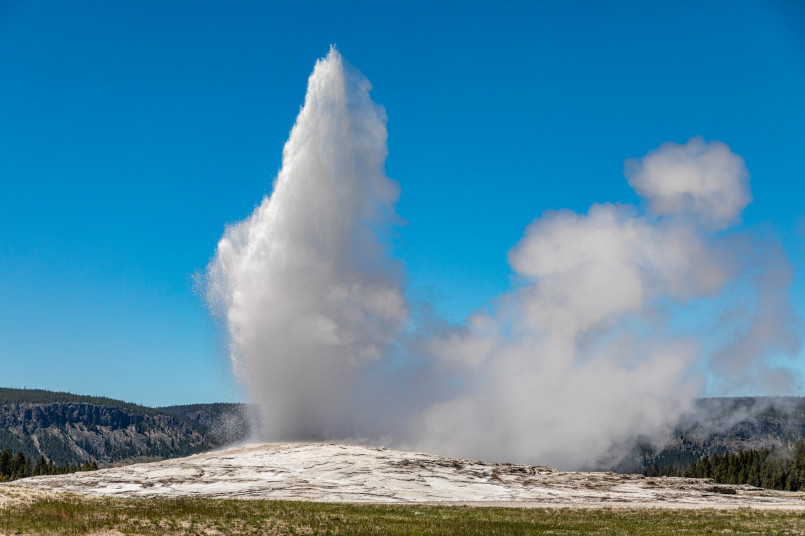Nevada holds the distinction of having more ghost towns than actual populated communities, with over 600 abandoned settlements scattered across its arid landscape. These forgotten places tell the dramatic story of America's mining booms and busts, offering visitors a haunting glimpse into the past.
Scattered across Nevada's vast desert landscape lie the weathered remnants of dreams that once flourished and then faded. With more than 600 ghost towns within its borders-more than any other state-Nevada holds the unique distinction of having more abandoned settlements than actual populated communities. These silent testaments to boom-and-bust cycles offer a fascinating window into America's frontier past and the temporary nature of prosperity tied to natural resources.
The silver and gold rushes of the 19th century brought thousands of hopeful miners to Nevada, establishing communities that appeared virtually overnight and often disappeared just as quickly. Today, these ghost towns range from well-preserved tourist attractions to remote ruins where sagebrush reclaims wooden structures and the desert slowly erases human ambition.
Why Nevada Has the Most Ghost Towns in America
Nevada earned its ghost town crown through a perfect storm of historical and geographical factors. The discovery of the Comstock Lode in 1859 sparked America's first major silver rush, bringing a flood of prospectors to the region. When combined with Nevada's harsh desert climate, isolated terrain, and boom-bust economic patterns, the stage was set for creating hundreds of abandoned communities.
Several key factors contributed to Nevada's abundance of ghost towns:
- Mineral wealth: Massive silver and gold deposits created temporary boom economies
- Transportation development: Railroad expansion created towns that became obsolete when routes changed
- The transient nature of mining populations who followed new strikes
- Limited water resources made many settlements unsustainable long-term
- Nevada's vast undeveloped land preserved abandoned structures rather than redeveloping them
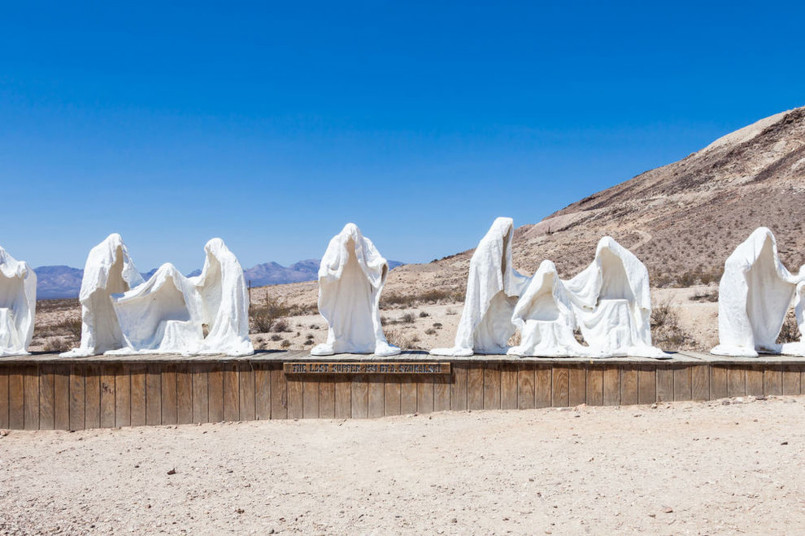
Famous Nevada Ghost Towns Worth Visiting
While many of Nevada's ghost towns have nearly vanished, several well-preserved examples offer visitors an immersive experience of the past. These destinations range from tourist-friendly sites with guided tours to authentic ruins where visitors can explore independently.
Rhyolite
Located near Death Valley, Rhyolite boomed from 1905-1911 and once housed 10,000 residents. Today, visitors can explore the preserved bottle house, bank building ruins, and train depot. The town's dramatic rise and fall epitomizes Nevada's mining boom cycle, with modern art installations now adding a surreal element to the historic landscape.
Virginia City
Though not technically a ghost town as it remains inhabited with about 800 residents, Virginia City represents the rare success story that survived its mining heyday. The town preserves its Victorian architecture and offers visitors a glimpse of 1870s prosperity during the Comstock Lode silver boom.
Berlin
Now protected within Berlin-Ichthyosaur State Park, this remarkably preserved ghost town includes original buildings from its 1897-1911 mining period. The unique combination of mining history and prehistoric fossils makes it one of Nevada's most distinctive abandoned settlements.
Goldfield
Once Nevada's largest city with 20,000 residents during its 1902-1910 gold rush peak, Goldfield retains its impressive courthouse and hotel buildings. Today, fewer than 300 people inhabit what was briefly one of America's wealthiest boomtowns.
The Mining Boom and Bust Cycle
Nevada's ghost towns illustrate the dramatic cycle that repeated across the American West: discovery, boom, decline, and abandonment. Mining settlements typically followed a predictable pattern that explains the state's extraordinary number of abandoned communities.
The cycle typically unfolded in four distinct stages:
- Discovery: A prospector would find a promising mineral deposit, stake a claim, and word would spread
- Boom: Population would explode as miners, merchants, and service providers rushed in
- Peak: Towns would build schools, churches, newspapers, and infrastructure during prosperous years
- Decline: When ore quality diminished or prices dropped, populations would rapidly abandon the area
This pattern created the phenomenon where many Nevada mining towns existed for fewer than 10 years between establishment and abandonment. Unlike farming communities built around sustainable agriculture, mining towns were inherently temporary ventures tied directly to resource extraction.
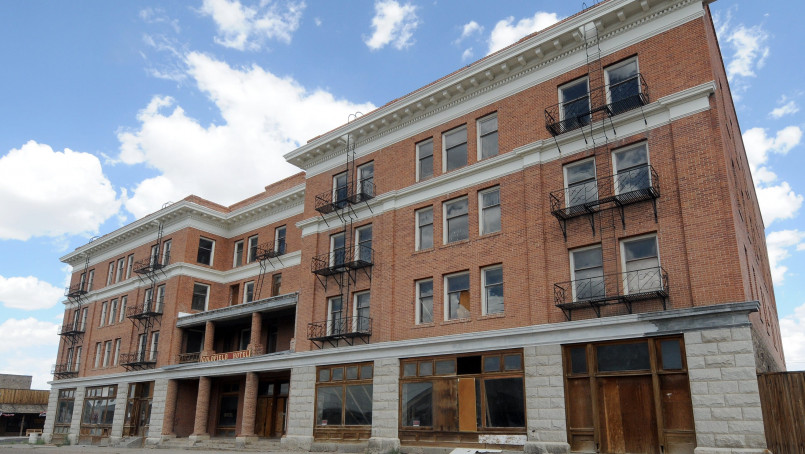
Preservation Efforts and Tourism
Nevada's ghost towns have evolved from forgotten relics to valuable historic and tourism assets. State preservation efforts, along with private initiatives, aim to balance authentic preservation with visitor access, creating economic opportunities for rural Nevada.
Several approaches to ghost town preservation exist across the state:
- State parks like Berlin-Ichthyosaur provide formal protection and interpretation
- National Register listings help secure preservation funding and recognition
- Living ghost towns like Virginia City maintain historic character while supporting modern businesses
- Private preservation by history-minded owners who maintain historic structures
- Tourism development that transforms abandoned sites into visitor attractions
Nevada's Ghost Town Trail connects several significant sites, creating thematic tourism routes that benefit local economies while highlighting the state's unique mining heritage. These preservation efforts ensure that Nevada's distinctive position as America's ghost town capital remains both a historical distinction and a tourism draw.
Visiting Ghost Towns Safely
Exploring Nevada's ghost towns offers a thrilling connection to the past, but requires preparation and respect for both history and hazards. Many sites lie in remote desert locations with extreme conditions and potential dangers.
Essential safety considerations include:
- Bring plenty of water and supplies-many ghost towns are far from services
- Use high-clearance vehicles as many sites require travel on rough unpaved roads
- Be aware of structural hazards in deteriorating buildings
- Watch for abandoned mine shafts, which pose serious danger
- Practice "Leave No Trace" principles and avoid removing artifacts
- Respect private property-many ghost towns sit on land with complex ownership
The best times to visit are spring and fall when desert temperatures are moderate. Winter access may be limited by snow at higher elevations, while summer temperatures can exceed 100°F, making exploration dangerous without proper preparation.
Frequently Asked Questions About Nevada: The State With Over 600 Ghost Towns - America's Abandoned Frontier
Why does Nevada have more ghost towns than any other state?
Nevada leads in ghost towns due to its perfect storm of abundant mineral deposits, harsh desert climate, limited water resources, and boom-bust mining economy. The state experienced multiple mining rushes where towns appeared and disappeared rapidly. Additionally, Nevada's vast undeveloped land preserved these abandoned structures rather than repurposing them, unlike more densely populated states.
How many ghost towns are there in Nevada?
Nevada contains over 600 ghost towns, more than the number of currently populated communities in the state. These range from well-preserved tourist attractions to remote ruins with barely visible foundations. The exact count varies depending on how "ghost town" is defined, but Nevada consistently outranks all other states regardless of criteria.
What is the most well-preserved ghost town in Nevada?
Berlin is widely considered Nevada's most well-preserved ghost town. Protected within Berlin-Ichthyosaur State Park, it features numerous intact buildings including a mill, miners' cabins, and a schoolhouse. Unlike many ghost towns that have been heavily vandalized or salvaged, Berlin's remote location and state park status have helped maintain its authentic condition.
Is it legal to take artifacts from Nevada ghost towns?
It is illegal to remove artifacts from ghost towns on public lands (federal or state). The Archaeological Resources Protection Act and similar state laws protect these historical sites. Many ghost towns also sit on private property, making artifact collection trespassing and theft. Visitors should follow the principle of "take only pictures, leave only footprints" to preserve these historical sites for future generations.
What ghost town in Nevada is closest to Las Vegas?
Nelson (Eldorado Canyon) is the most accessible ghost town from Las Vegas, located about 45 minutes from the Strip. While not completely abandoned, it features numerous historic structures and mining remnants. The Techatticup Mine offers guided tours, and the site has been used in numerous film productions due to its well-preserved Western character and proximity to Las Vegas.
Are there any ghost towns in Nevada that are completely untouched?
Few Nevada ghost towns remain truly untouched, but some remote sites in central Nevada like Candelaria, Unionville, and Jumbo maintain high levels of authenticity with minimal restoration or tourist development. These require serious off-road vehicles to access and offer the most authentic experience of discovery, though weather and time continue to reclaim structures annually.
